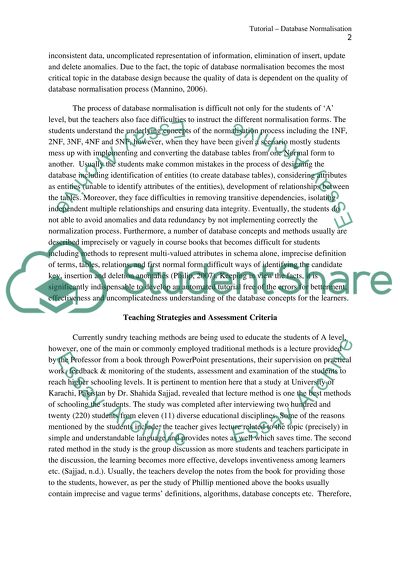Cite this document
(“Creating an Online Interactive Tutorial to Assist Teachers for Literature review”, n.d.)
Creating an Online Interactive Tutorial to Assist Teachers for Literature review. Retrieved from https://studentshare.org/information-technology/1456659-topic-of-the-project-ychcreating-an-online
Creating an Online Interactive Tutorial to Assist Teachers for Literature review. Retrieved from https://studentshare.org/information-technology/1456659-topic-of-the-project-ychcreating-an-online
(Creating an Online Interactive Tutorial to Assist Teachers for Literature Review)
Creating an Online Interactive Tutorial to Assist Teachers for Literature Review. https://studentshare.org/information-technology/1456659-topic-of-the-project-ychcreating-an-online.
Creating an Online Interactive Tutorial to Assist Teachers for Literature Review. https://studentshare.org/information-technology/1456659-topic-of-the-project-ychcreating-an-online.
“Creating an Online Interactive Tutorial to Assist Teachers for Literature Review”, n.d. https://studentshare.org/information-technology/1456659-topic-of-the-project-ychcreating-an-online.


